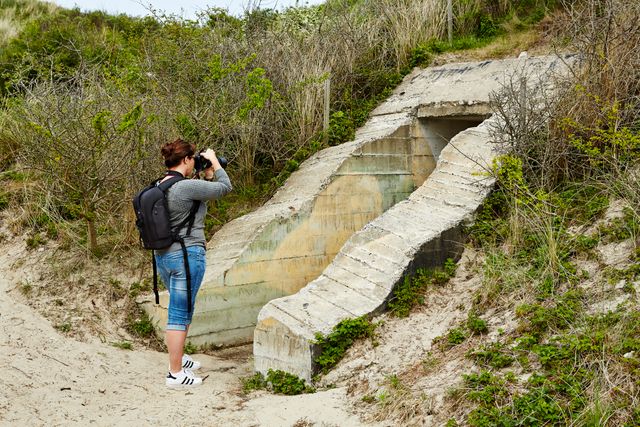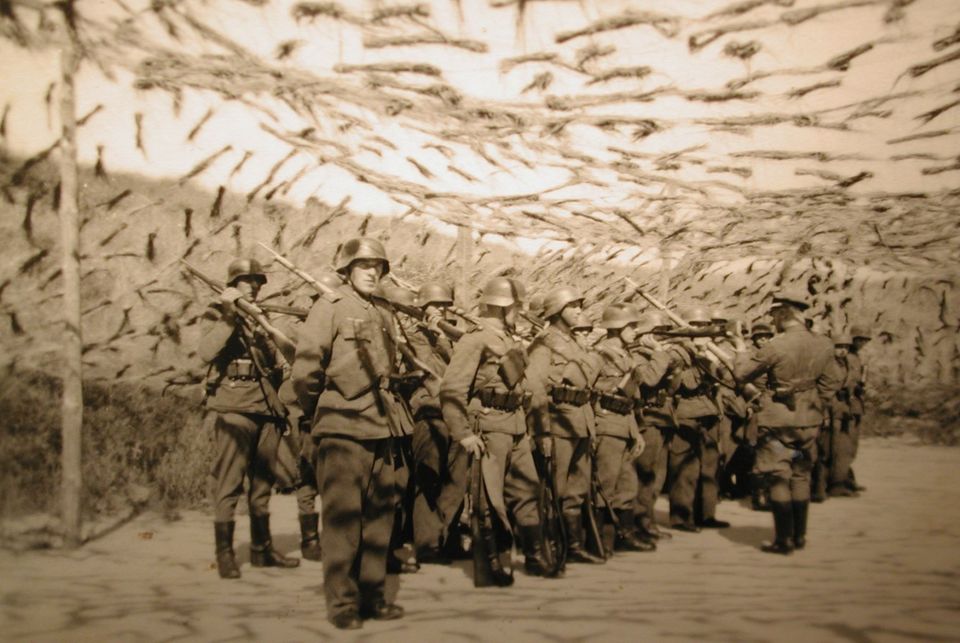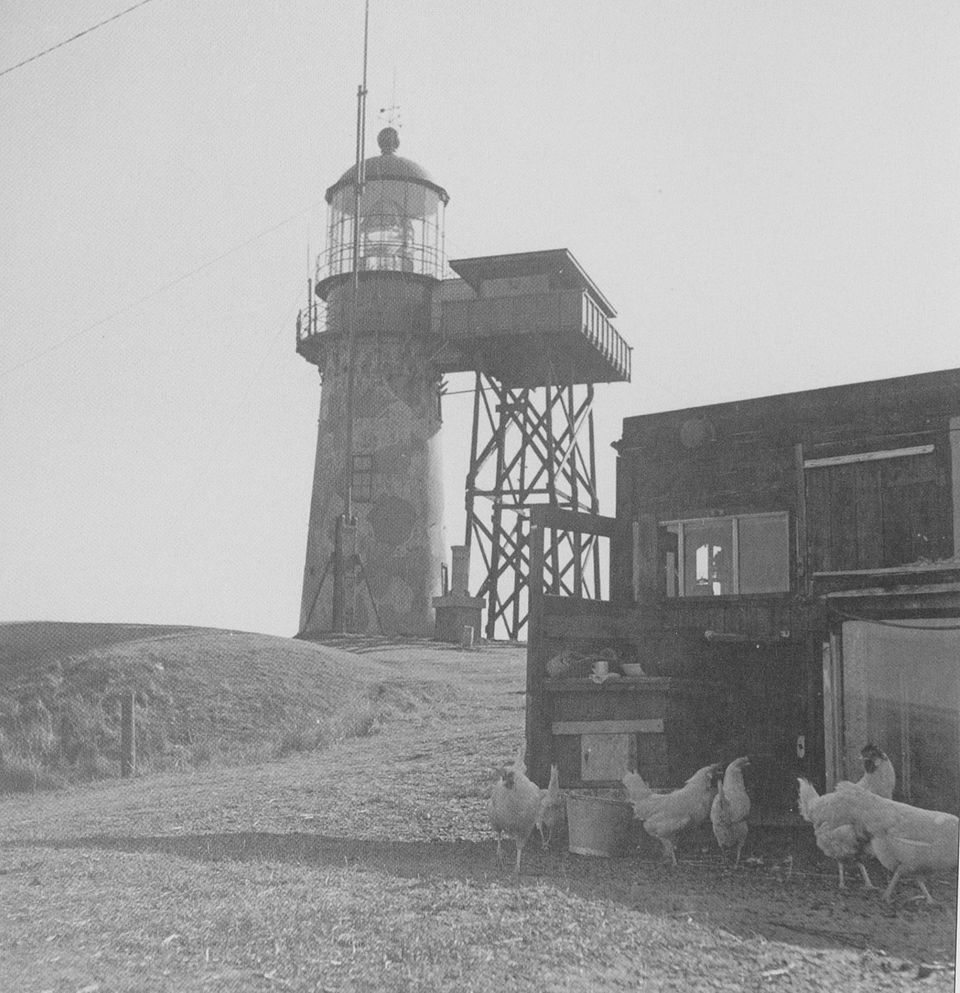Trapped on the smallest Wadden island in the Netherlands
Vlieland noticed little of the invasion of the Netherlands by German troops. On 18 May 1940, the Protocol of Surrender was signed and the island was handed over to the German occupiers from that day. A large occupation force immediately came to the small island. Vlieland may be small, but it was a link in the Atlantikwall, the defensive line of more than 5,000 kilometres that ran from Norway to Spain.
During the occupation, the people of Vlieland had their freedoms restricted day by day. The Germans came up with all manner of rules. Public gatherings of more than twenty people were prohibited, and standing on the street unnecessarily was not permitted either. Residents could visit the beach initially, albeit it with restrictions, but later on this was prohibited altogether.
If residents wanted to leave the port, they needed to report. For fishing you needed as special Ausweis, a type of work permit. So, the people of Vlieland were literally trapped on their island and in their village. Yet, the German troops tried to keep the situation endurable. With that many people on top of each other it is best to keep the peace.
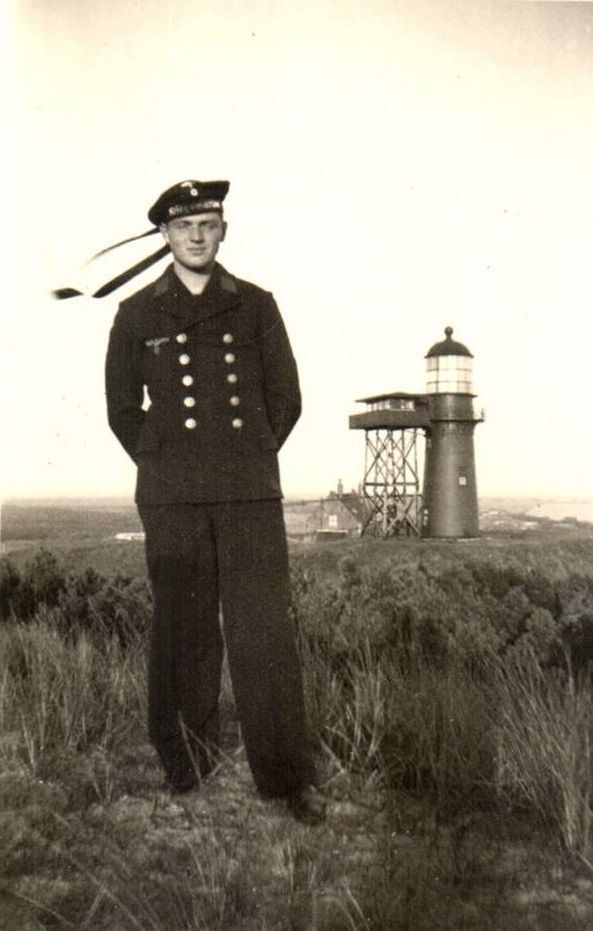
In the meantime, the Germans were busy building gun emplacements for the coastal and air defence of the island. Gun emplacements were built on the west and east side of the island. These gun emplacements could keep watch over the North Sea and the Wadden Sea. The gun emplacements on the Wadden islands were often used against allied planes.
For example, in the night of 24 March, a British plane was shot down on its way to Loosdrecht to drop off weapons for the Dutch Resistance. The plane crashed in the dunes of Vlieland, north of Bomenland. Just one of the seven crew members survived the crash. Along the path from Pad van Zes to Postweg, there is a monument to commemorate this crash.
To make things more difficult for the English air force, the Germans extinguished the light of the lighthouse. They painted over the characteristic red colour in a camouflage pattern. On 4 June 1944, the lighthouse was shot by allied fighter planes. When the lighthouse keepers returned to their lighthouse in June 1945, they found nothing but devastation. Yet they quickly managed to get the light going, and after 1947 the lighthouse regained its own colour.
As in the rest of the Netherlands, rebuilding the Wadden island was considered more important than dealing with the past. The dunes provided assistance, as the sand removed the bunkers from sight. Over the past years, volunteers have worked hard to dig out the bunkers of ‘Widerstandsnest H12’ and to turn them into a bunker museum. Bezoekerscentrum De Noordwester organises tours of the bunker village.

Experience this story
-
Wadden Centre De Noordwester
Wadden Centre De Noordwester
In the De Noordwester you can see shipwreck finds from long-forgotten wars.
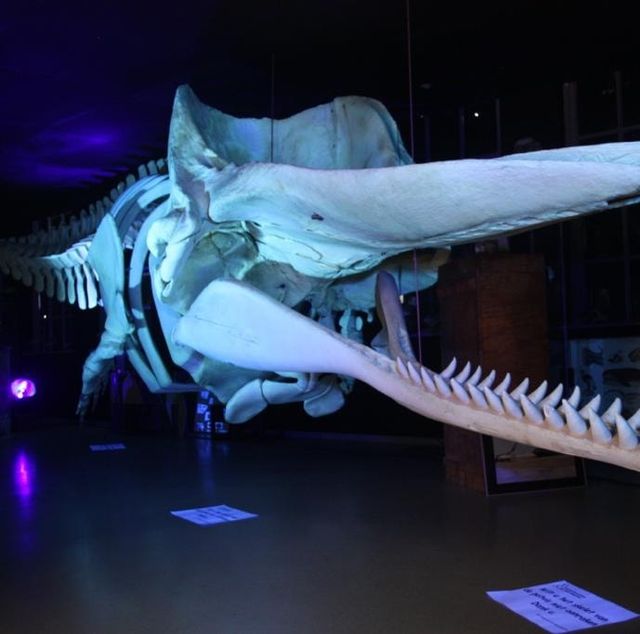
-
Expo Meteo Vlieland
Expo Meteo Vlieland
Visit the old Meteo tower at the military camp in Vlieland with its exhibition of old meteo instruments.
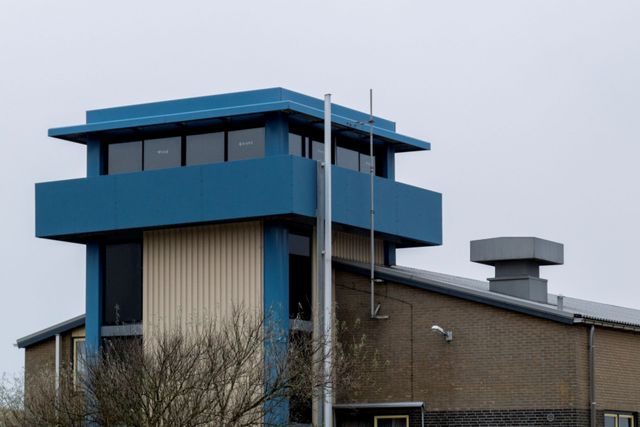
-
Stelling 12 H
Stelling 12 H
In the dunes of Vlieland there is still a complete bunker position, Stelling 12 H. With a guide you can set out to discover the position.

Wadden at war
-
Vlieland
Vlieland
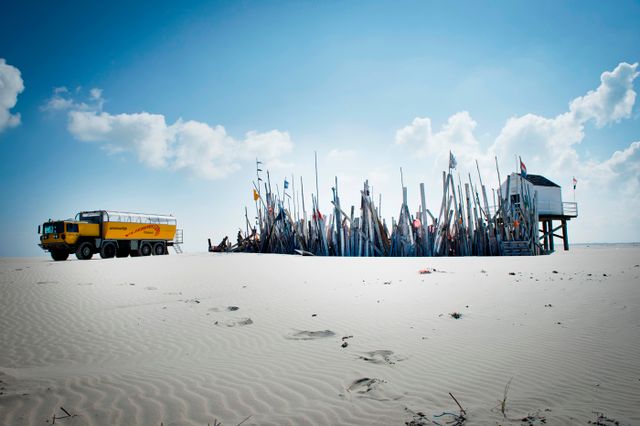
-
Military Heritage
Military Heritage
